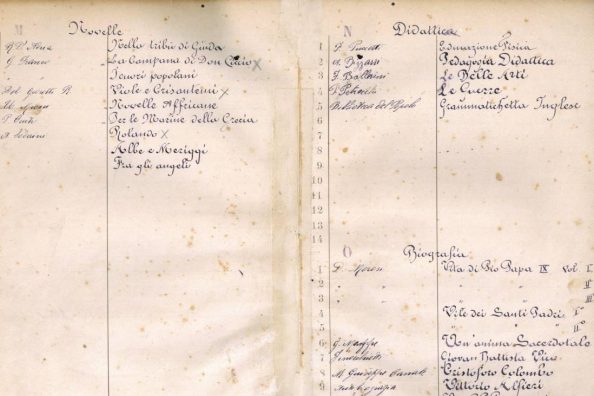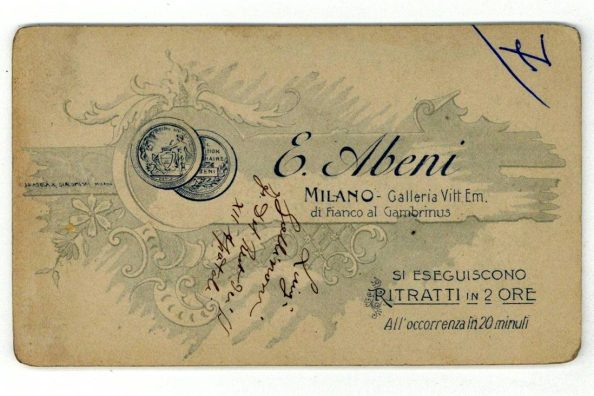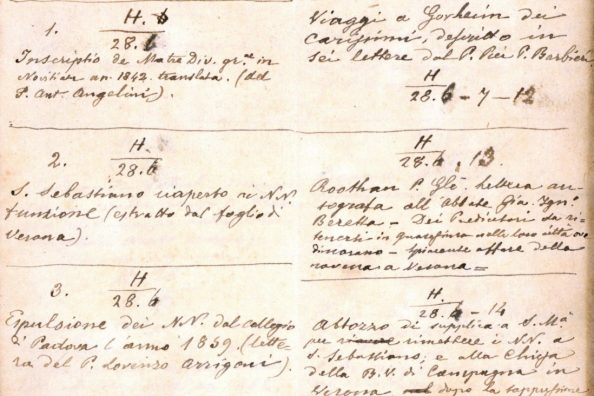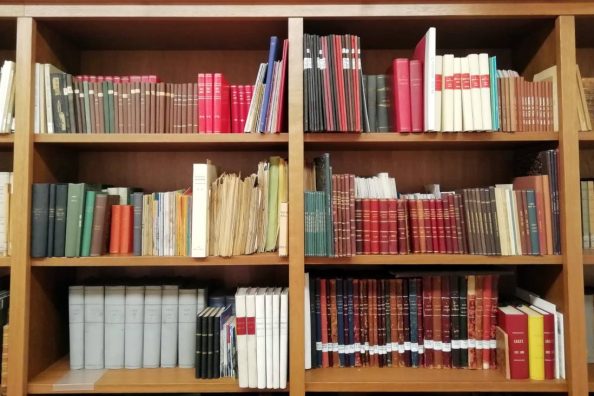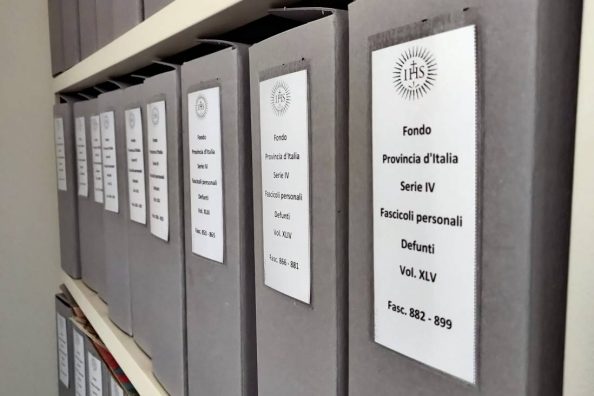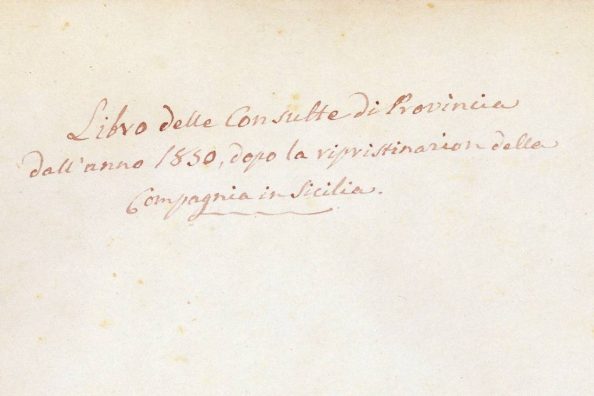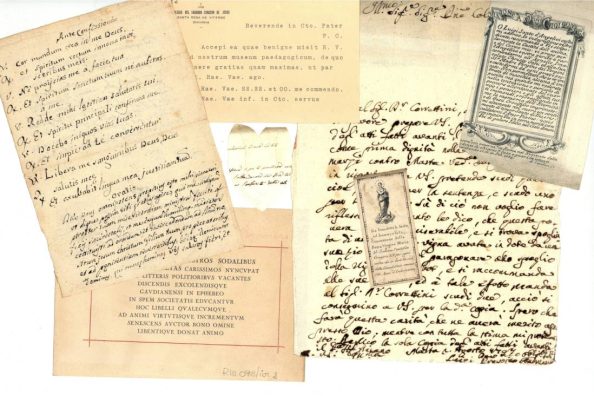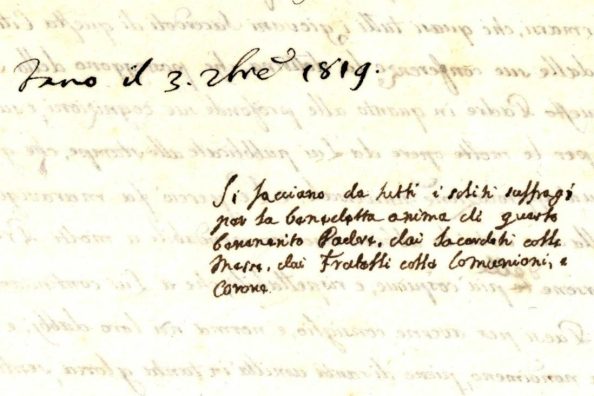The Rocky Mountains and indigenous peoples

The documentation of the Province of Turin restores memories and faces to a people now confined to nature reserves and decimated by the colonisation of the lands of North America. Redskins, American Indians, sometimes in the papers “pagans”: these are the various appellations by which the native populations of the Rocky Mountains were called.
In those lands the Society of Jesus opened several missions, as in the rest of the Americas. The religious missions, while carrying out the evangelisation of entire ethnic groups, also ensured material assistance.
From the correspondence of Fr. Giuseppe Cataldo, who was assigned to the mission and in correspondence with the Provincial of the Turin Province, we know that one of the most popular pastimes in the camp was playing cards and that many tribesmen were victims of alcoholism, a phenomenon that even the Jesuits recognised in the contamination between western culture and that of the Native Americans who had previously not known alcohol.

The daily life of the natives is not only recounted by the Jesuits in letters, reports and memoirs, but also by various photographs they sent to the Province. These were collected in an album called ‘Missions’, the cover was reproduced for today’s photo.
In this source, photographs of the landscapes of America and Alaska alternate with those of China and Japan. Characteristic tepees, women and men engaged in various activities were photographed.
There were schools for children in the mission, while the fathers periodically visited the camps where the natives lived, often at the request of the latter, perhaps intrigued by the Jesuits themselves with whom they had established a dialogue.
Fr. Cataldo, for example, was referred to as ‘the black-clad’ as the religious himself relates in his letters, a name according to the linguistic tradition of the natives that associated a physical characteristic with individuals.
His letters tell of his relationship with the tribal chief, but also of the religious syncretism established by the natives in an attempt to integrate what they saw the Jesuit doing with their own spirituality.
Not everyone wanted to be baptised, either because of their lack of confidence in this sacrament, or because they wanted to preserve their own rites and faith.
Perhaps it is precisely this daily confrontation with other cultures and the desire to maintain the characteristic features of one’s own that could be explored through historical research in our archive.
Maria Macchi

